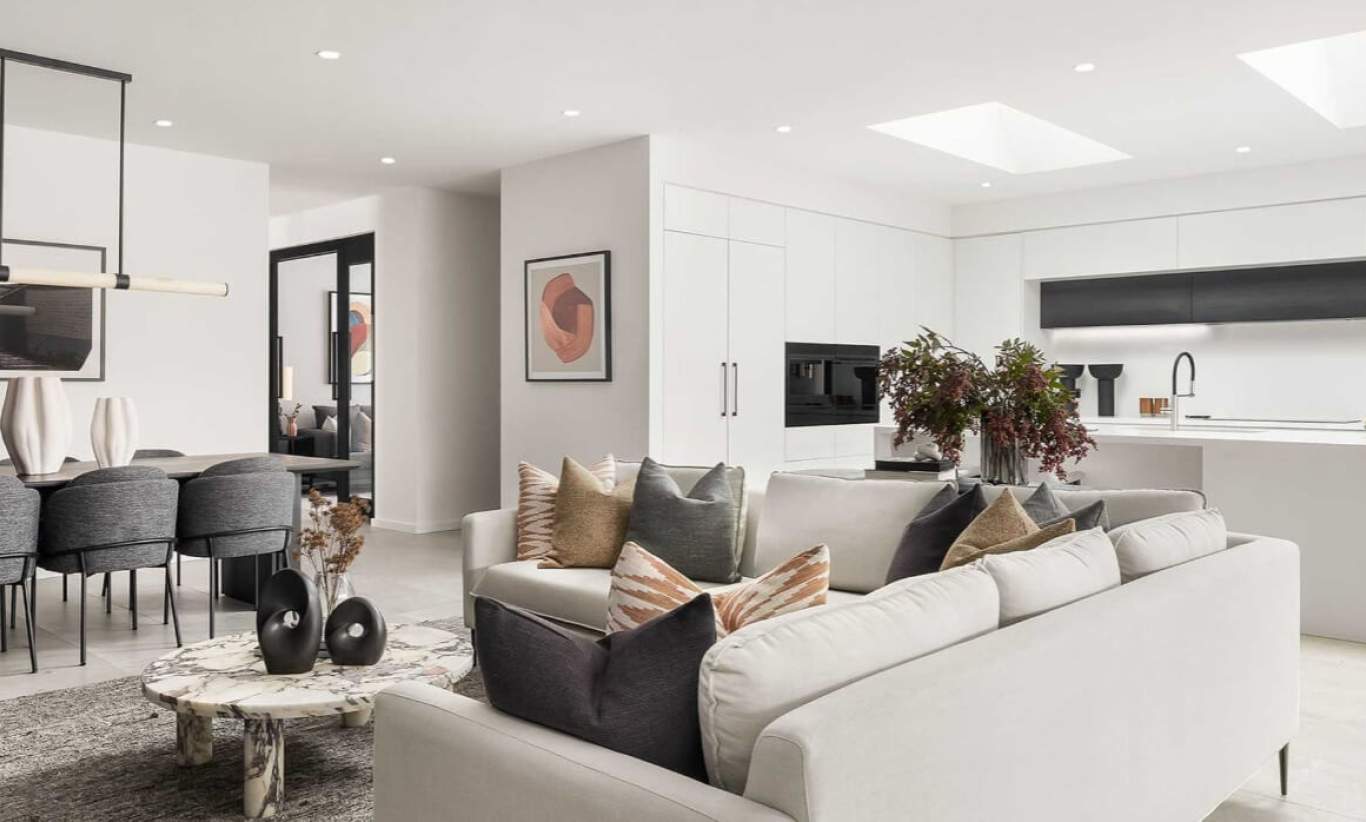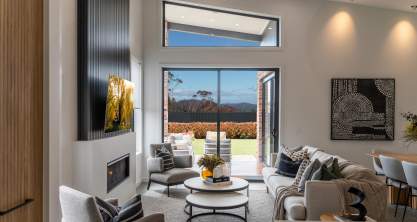Guide to Standard Ceiling Heights in Australia
When building your new home, one crucial factor to take into account is the height of the ceiling. A key step you should take into consideration when designing your home as this cannot be done after completion, ceiling height has a significant impact on both the functionality and aesthetics of your spaces. It is also important to know the standard ceiling height Australia requires if you’re building or renovating.
WHAT IS THE STANDARD CEILING HEIGHT?
In Australia, the standard ceiling height is generally 2.4 meters (8 feet), although there may be variations depending on the building type and local building codes. To determine your ceiling height and ensure it meets the minimum requirements, consulting a building inspector is advisable.
The Australian standard ceiling height of 2.4 meters is often used as a guideline for residential properties. However, some builders or homeowners may choose to deviate from this and opt for higher or lower ceilings based on personal preference. A high ceiling can create a more spacious and open atmosphere, while lower ceilings can contribute to a cosier and warmer feel in rooms like bedrooms.
WHY IS CEILING HEIGHT IMPORTANT?
Ceiling height holds significant importance in building, home design, and construction due to various reasons that are often overlooked.
Firstly, it greatly impacts the comfort and livability of a space. Rooms with low ceilings can create a cosy ambiance (or discomfort for some individuals), while high ceilings can foster a sense of openness and spaciousness.
Functionality is another crucial consideration when determining ceiling height. Spaces with high ceilings can accommodate taller furniture and larger items, while rooms with lower ceilings may be better suited for intimate gatherings or specific activities.
Energy efficiency is an often neglected aspect when it comes to ceiling height. High ceilings increase the volume of air within a room, which may require more energy for heating or cooling. On the other hand, lower ceilings reduce the air volume, making it easier to maintain a comfortable temperature. Although the difference might be slight, it is a factor that homebuilders consider when choosing ceiling heights.
CEILING TYPES
Here are some common ceiling types you may encounter, along with their benefits:
RAKED CEILINGS
Raked ceilings are sloped or angled and follow the roofline of a building. This ceiling design can create a distinctive and dramatic look, particularly in spaces with high or vaulted ceilings. However, it may not be suitable for everyone's preferences.
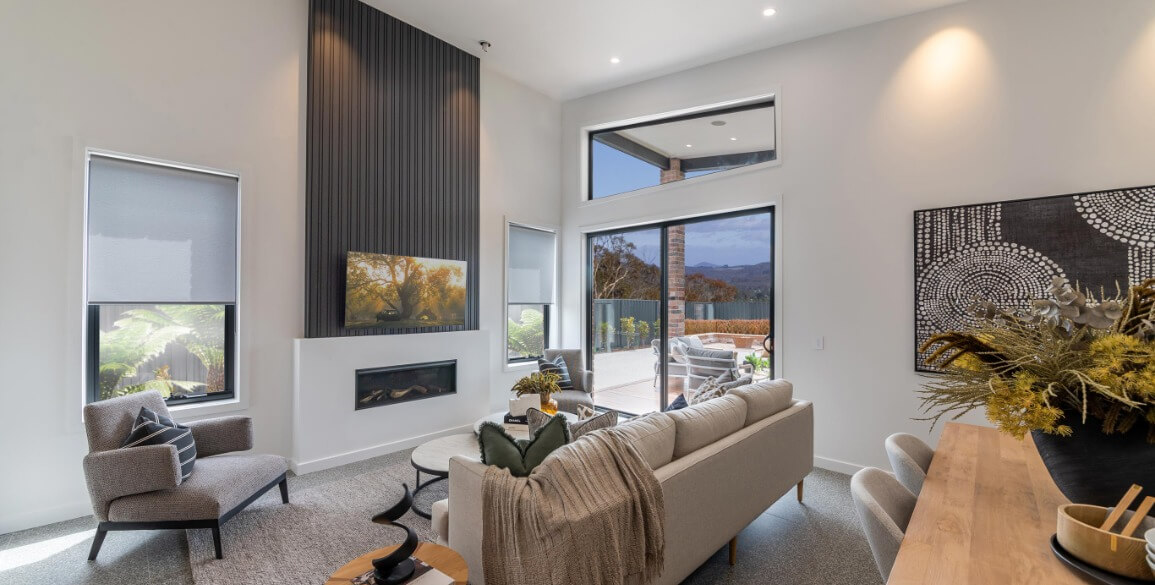
PLAIN
Plain ceilings are flat ceilings that have a smooth, uninterrupted surface. This type of ceiling is simple and unobtrusive, providing a neutral backdrop for other design elements in the space. These are very common.
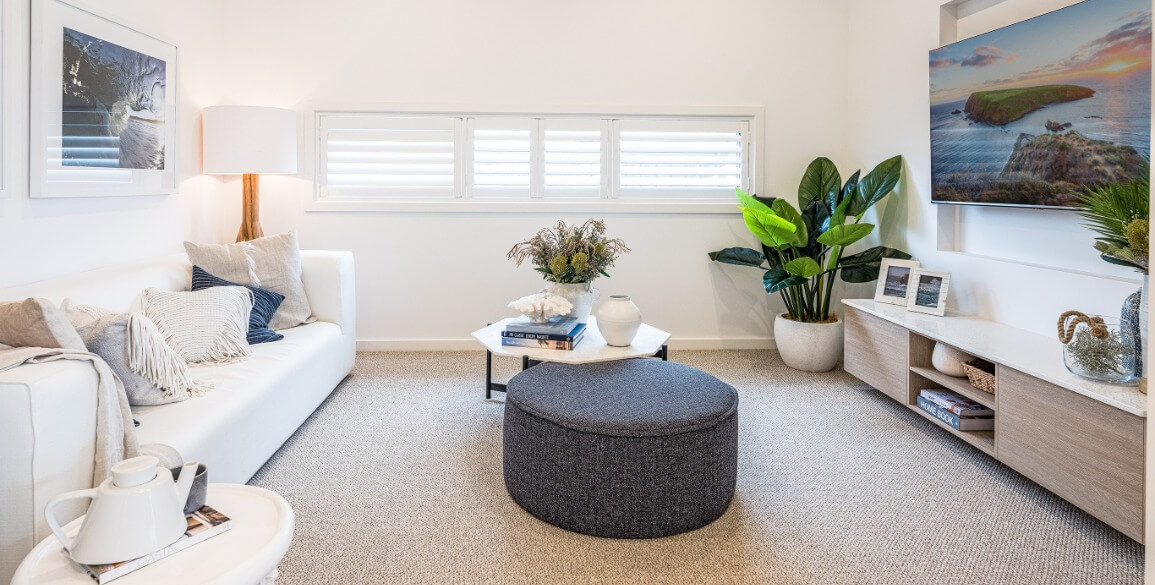
COFFERED
Coffered ceilings are decorative versions that feature recessed panels or indentations. This type of ceiling design can add depth and texture to the space and enhance acoustics.
BENEFITS OF HIGH CEILINGS
ABUNDANT NATURAL LIGHT
High ceilings facilitate the entry of more natural light, creating a brighter and more welcoming ambiance. This reduces reliance on artificial lighting and lowers energy costs, which is especially advantageous for homes with limited space.
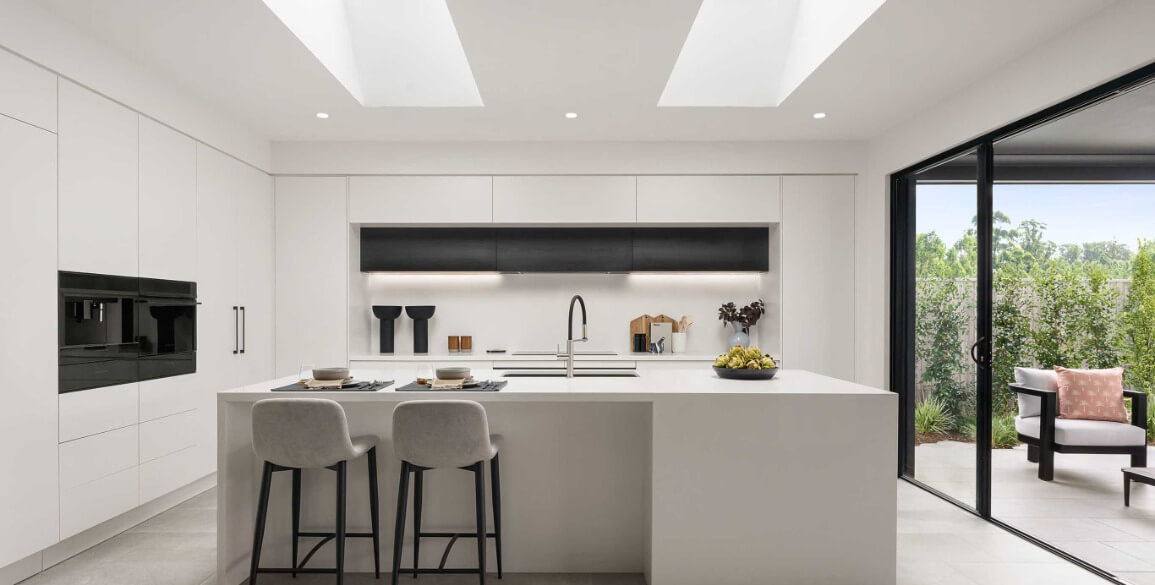
ENHANCED SPACIOUSNESS
Taller ceilings can create an illusion of greater space, making a room feel larger and more open. This is particularly beneficial for smaller homes or apartments where space is limited. Homes and apartments with high ceilings are often in higher demand than those with lower ceilings, especially if you plan to install ceiling fans.
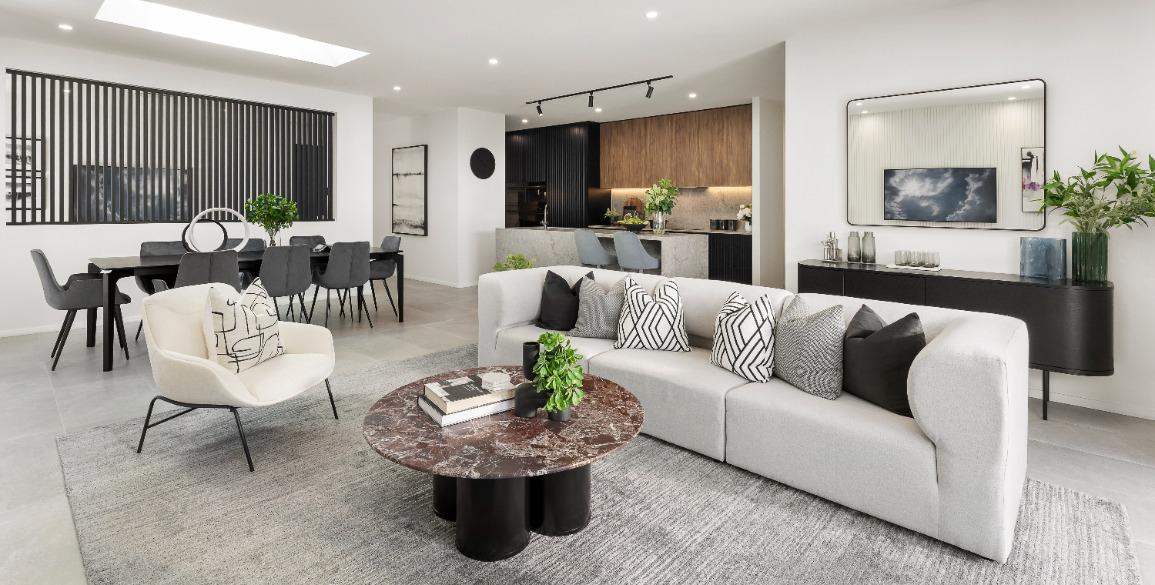
GRAND AND ELEGANT AMBIANCE
One of the most remarkable aspects of higher ceilings is their ability to add a sense of grandeur and elegance to a space. A functional room can suddenly exude spaciousness, making a home feel more luxurious, sophisticated, and of higher quality.
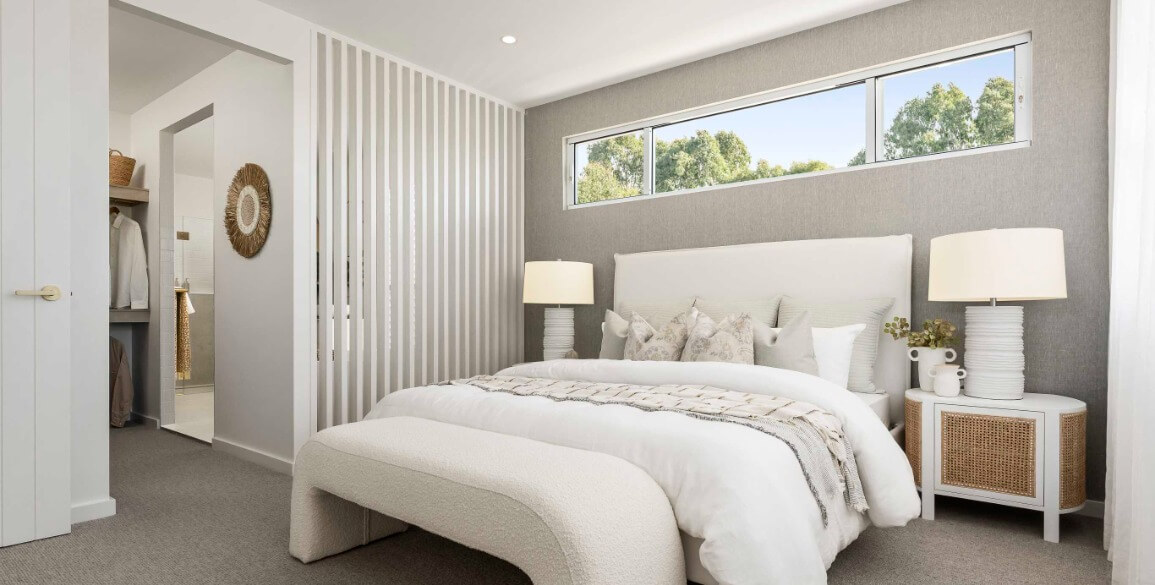
VALUE ADDITION TO YOUR HOME
Optimal ceiling height is considered a desirable feature in homes and can increase the resale value of a property. Buyers are often willing to pay more for homes with high ceilings, particularly in areas where space is at a premium. These homes stand out among properties with minimum ceiling heights.

